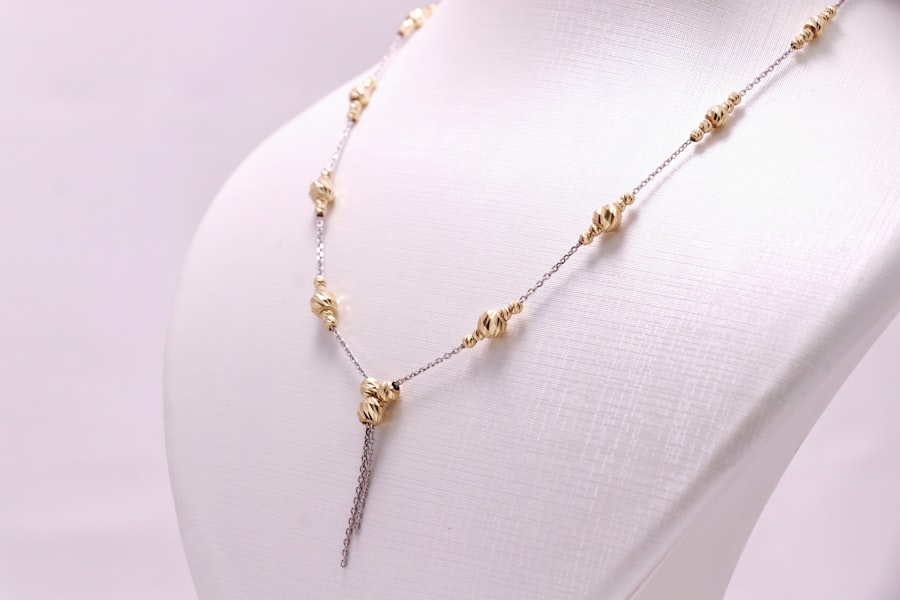Trust serves as the bedrock of all human relationships, whether they are personal, professional, or communal. It is the invisible thread that binds individuals together, fostering a sense of security and mutual respect. In personal relationships, trust allows individuals to be vulnerable, share their innermost thoughts, and rely on one another for emotional support.
In professional settings, trust enhances collaboration, encourages open communication, and drives productivity. When trust is present, individuals feel empowered to take risks and innovate, knowing that their colleagues or loved ones will support them. Moreover, trust is not merely a passive state; it requires ongoing effort and commitment from all parties involved.
It is built over time through consistent actions, transparency, and accountability. For instance, in a workplace environment, a manager who consistently delivers on promises and provides constructive feedback fosters an atmosphere of trust among team members. Similarly, in personal relationships, small acts of reliability—such as keeping promises or being present during difficult times—contribute to a solid foundation of trust.
The importance of trust cannot be overstated; it is essential for emotional well-being and the overall health of any relationship.
The Impact of Broken Trust
When trust is broken, the repercussions can be profound and far-reaching. The initial shock of betrayal often leads to feelings of anger, sadness, and confusion. Individuals may find themselves questioning their judgment and feeling vulnerable in their relationships.
For example, in a romantic partnership, infidelity can shatter the foundation of trust, leading to a cascade of emotional turmoil. The betrayed partner may experience a loss of self-esteem and struggle with feelings of inadequacy, while the betrayer may grapple with guilt and shame. The impact of broken trust extends beyond individual emotions; it can also disrupt the dynamics within a group or organization.
In a workplace setting, when trust is compromised—perhaps due to dishonesty or lack of transparency—team cohesion can suffer significantly. Employees may become disengaged, leading to decreased productivity and morale. Furthermore, the ripple effects can lead to high turnover rates as individuals seek environments where they feel valued and secure.
Rebuilding trust after it has been broken is a complex process that requires time, effort, and a willingness to confront uncomfortable truths.
Introducing Trust Bracelets

In response to the challenges posed by broken trust, innovative solutions have emerged to facilitate healing and rebuilding connections. One such solution is the concept of trust bracelets. These tangible symbols serve as reminders of commitments made between individuals or groups.
Trust bracelets can take various forms—ranging from simple fabric bands to more intricate designs incorporating meaningful symbols or colors that represent shared values or experiences. The idea behind trust bracelets is rooted in the psychological principle of commitment devices. By wearing a bracelet that signifies a promise or commitment, individuals are more likely to adhere to their intentions.
For instance, a couple experiencing difficulties in their relationship might choose to wear matching bracelets as a daily reminder of their commitment to work through their issues together. In professional settings, teams may adopt trust bracelets to symbolize their collective commitment to transparency and collaboration. This physical representation of trust can serve as a powerful motivator for individuals to uphold their promises and foster an environment conducive to rebuilding relationships.
How Trust Bracelets Work
| Trust Bracelets | How They Work |
|---|---|
| 1 | Each bracelet is paired with another |
| 2 | When one person is wearing the bracelet, the other person feels a gentle vibration |
| 3 | It serves as a reminder that someone is thinking of them |
| 4 | Can be used to strengthen long-distance relationships |
Trust bracelets operate on both psychological and emotional levels. When individuals wear these bracelets, they engage in a form of self-affirmation that reinforces their commitment to rebuilding trust. The act of putting on the bracelet each day can serve as a ritualistic reminder of the promises made—whether it’s to communicate openly, be more supportive, or work collaboratively towards shared goals.
This daily reminder can help individuals stay focused on their intentions and encourage them to take actionable steps toward restoring trust. Moreover, trust bracelets can facilitate conversations about trust within relationships. When one partner notices the other wearing their bracelet, it can prompt discussions about feelings, expectations, and progress in rebuilding trust.
This open dialogue is crucial for addressing underlying issues that may have contributed to the breakdown of trust in the first place. In professional environments, team members can use the symbolism of the bracelet as a starting point for discussions about accountability and transparency. By creating an atmosphere where individuals feel comfortable expressing their thoughts and concerns, trust bracelets can help pave the way for healing and growth.
The Healing Process with Trust Bracelets
The healing process following a breach of trust is often fraught with challenges; however, trust bracelets can play a significant role in facilitating this journey. Wearing a trust bracelet can provide individuals with a sense of agency in their healing process. It serves as a constant reminder that they are actively working towards rebuilding their relationships rather than passively waiting for things to improve.
This proactive approach can empower individuals to take ownership of their actions and decisions. Additionally, the act of creating or choosing a trust bracelet together can be an important step in the healing process. For couples or teams looking to mend broken trust, collaborating on the design or selection of the bracelet can foster a sense of unity and shared purpose.
This collaborative effort not only strengthens bonds but also reinforces the idea that both parties are committed to moving forward together. As individuals wear their bracelets over time, they may find that the emotional weight associated with broken trust begins to lift, replaced by renewed hope and connection.
Rebuilding Trust through Communication and Action

While trust bracelets can serve as valuable tools in the journey toward rebuilding trust, they are most effective when combined with open communication and consistent action. Trust cannot be restored solely through symbolic gestures; it requires genuine effort from all parties involved. Engaging in honest conversations about feelings, expectations, and past grievances is essential for addressing the root causes of broken trust.
Furthermore, actions speak louder than words when it comes to rebuilding trust. Individuals must demonstrate their commitment through consistent behavior that aligns with their promises. For example, if one partner has committed to being more communicative after an incident of betrayal, they must actively engage in conversations and check in with their partner regularly.
In professional settings, team members must follow through on commitments made during discussions about rebuilding trust; this could involve meeting deadlines or being transparent about challenges faced along the way. In conclusion, while trust bracelets offer a unique approach to symbolizing commitment and facilitating healing after broken trust, they are most effective when paired with open communication and consistent actions that reinforce promises made. The journey toward rebuilding trust is complex but essential for restoring relationships and fostering deeper connections among individuals.















